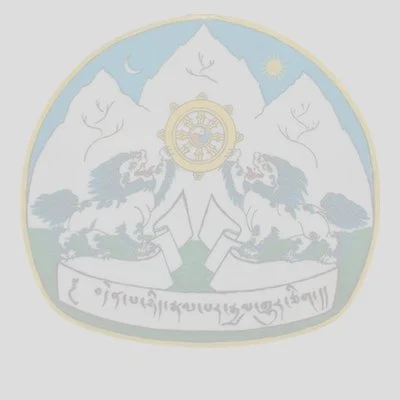
Introduction:
Phuntsokling Tibetan settlement was set up in 1963 with generous assistance from the Indian Government and other voluntary agency like Swiss Technical Co-operation. According to plan,the settlement was to be developed in two phases.
| Phase I: | Tibetan refugees shifted from road construction labour camps in Chamba, Dalhousie and Bomdila. |
|---|---|
| Phase II: | The Tibetan refugees for the remaining camps arrived from all over India inbetween September 1964, to April 1967. |
The allocation of the land to individuals began in 1963. The scheme made provision for one acre of land per each adult member of the families.
Settlement location:
This settlement is situated in Gajapati District at a distance of 80 km west of Behrampur City of Orissa state. It is approximately 3,200 ft. above sea level and has average rainfall of about 26 inches. The temperature ranges from 40° to 80° Fahrenheit.The local inhabitants are mostly tribal.
Settlement Population
No. of villages in the settlement:
Phuntsokling Tibetan settlement is divided into 5 villages at a distance of about four to five kilometers from one another. The population and the size of the village are very uneven.Each village has two leaders, elected by the villagers themselves for the period of one year.
Settler’s livelihood:
Most of the families have a small piece of agricultural land for their living.Due to lack of irrigation facilities, the rain fed crop agriculture is practice, which is not sufficient to sustain the families on farming alone. So, besides agricultural the settlers are engaged in trading, restaurants, shop keeping and seasonal woolen business etc.
Facilities in the settlement:
| School | Two Primary schools One middle school Nursery and Créche |
|---|---|
| Health facilities | It has one allopathic dispensary one Tibetan herbal medicine clinic |
| Elderly People Home | Two elderly people home with 60 elders |
| Monastery | There are 5 monasteries in the settlement |
| Co-operative Society |
The settlement has Co-operative Society looks after the supply of seeds, fertilizers and tractors for the settlers. The co-operative Society also helps to search markets for their agriculture product. Under the management of the Co-operative Societies there are five shops, a dairy farm and a mechanical workshop, truck section, low cost Building Center, Handicraft centers. These sections provide employment, to preserve the Tibetan tradition carpet weaving, and to generate the income for the co-operative societies. |
.
Administrative setup:
CTA Representative:
Each settlement has a settlement officer who is the Representative of the Department of Home appointed by Central Tibetan Administration (CTA), Dharamsala. Settlement officer is the principle post of the settlement and he is incharged with overall running of affairs in the settlement.
The Representative acts as the liaison between the settlement and the Department of Home (CTA) and it is the main source of information for the settlers on policy of Central Tibetan Administration. Daily tasks for the representative ranges from adjudicating disputes to communicating with settlement’s Local Assembly and outside authorities, and generally watching over the running of all aspects of the settlement.
Local Assembly:
The functioning or structure of every settlements are similar. There are 5 villages in this settlement and all the settlers possess an elected Local Assembly who represents the settlers during the session and can raise the questions to the settlement officer.The actual term for the these Local Assembly is for five years.They are elect on the basis of their strength and once ability to stand before the interest of their village.
Traveling guide:
| Nearest Railway station | Behrampur | 85 Km from settlement |
|---|---|---|
| Nearest Air port | Bubneshwar | 380 km from settlement |
